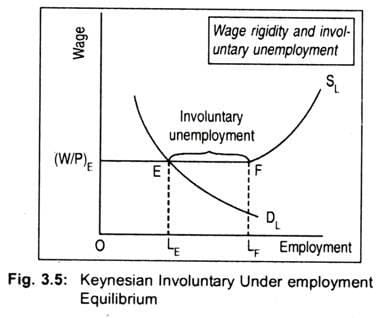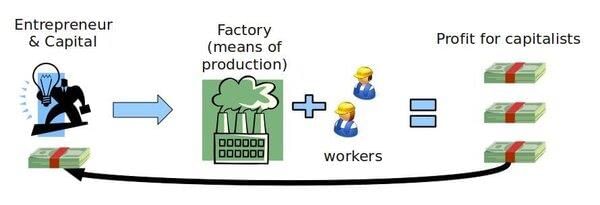|
The term 'aggregate' in macroeconomics refers to a group of economic items that share ___ traits. |
Card: 3 / 50 |
|
True or False: Macroeconomics focuses exclusively on individual market decisions. |
Card: 5 / 50 |
|
False. Macroeconomics looks beyond individual market decisions to address broader economic issues. |
Card: 6 / 50 |
|
What major work by John Maynard Keynes significantly contributed to the popularity of macroeconomics? |
Card: 7 / 50 |
|
Riddle: I am an individual or group making decisions that impact the economy, often focused on production and spending. Who am I? |
Card: 9 / 50 |
|
Fill in the blank: Macroeconomics aims to achieve ___ employment and grow production. |
Card: 11 / 50 |
|
Effects of taxation, budgetary policies, money supply, interest rates, wages, employment, and output. |
Card: 14 / 50 |
|
True or False: Macroeconomic policies are solely aimed at maximizing individual profit. |
Card: 15 / 50 |
|
False. Macroeconomic policies aim to serve public needs and the welfare of the country. |
Card: 16 / 50 |
|
Fill in the blanks: In developing countries, macroeconomic choices aim to reduce ___ and improve access to ___ and primary health care. |
Card: 17 / 50 |
|
Macroeconomics examines the aggregate effects of demand and supply forces in markets and deals with policies to modify these forces for societal goals. |
Card: 20 / 50 |
|
What significant event in 1929 led to the reevaluation of economic theories, particularly prompting the emergence of macroeconomics? |
Card: 21 / 50 |
|
The Great Depression caused significant declines in output and employment, prompting economists to rethink how the economy functions. |
Card: 22 / 50 |
|
Fill in the blank: The unemployment rate in the USA rose from ___ in 1929 to ___ in 1933. |
Card: 23 / 50 |
|
True or False: Prior to Keynes, the classical tradition believed that all laborers would remain unemployed during economic downturns. |
Card: 25 / 50 |
 Unlock all Flashcards with EduRev Infinity Plan Starting from @ ₹99 only
|
|
False. The classical tradition believed that all ready laborers would find employment. |
Card: 26 / 50 |
|
What was the primary focus of John Maynard Keynes' book 'The General Theory of Employment, Interest and Money'? |
Card: 27 / 50 |
|
The book examined the economy as a whole and the interdependence of different sectors, addressing issues like prolonged unemployment. |
Card: 28 / 50 |
|
Riddle: I am a theory that emerged after a great depression, changing how economists view employment and production, who am I? |
Card: 29 / 50 |
|
Fill in the blank: Keynes' work was a response to the need to theorize and explain the possibility of ___ unemployment. |
Card: 31 / 50 |
|
Short Answer: How much did aggregate output in the USA fall from 1929 to 1933? |
Card: 33 / 50 |
|
True or False: In a capitalist economy, the government plays a significant role in controlling production prices. |
Card: 37 / 50 |
|
Fill in the blanks: Capitalist economies are often referred to as ___ or ___ economies. |
Card: 39 / 50 |
|
Entrepreneurs start businesses based on ideas or products, taking risks and earning rewards.  |
Card: 42 / 50 |
|
Riddle: I am the money earned from regular business activities, calculated by price times quantity. What am I? |
Card: 43 / 50 |
|
MCQ: Which of the following is NOT a feature of a capitalist economy? 1) Consumer choice 2) Government control over prices 3) Profit motive 4) Flexible labor markets |
Card: 47 / 50 |
























